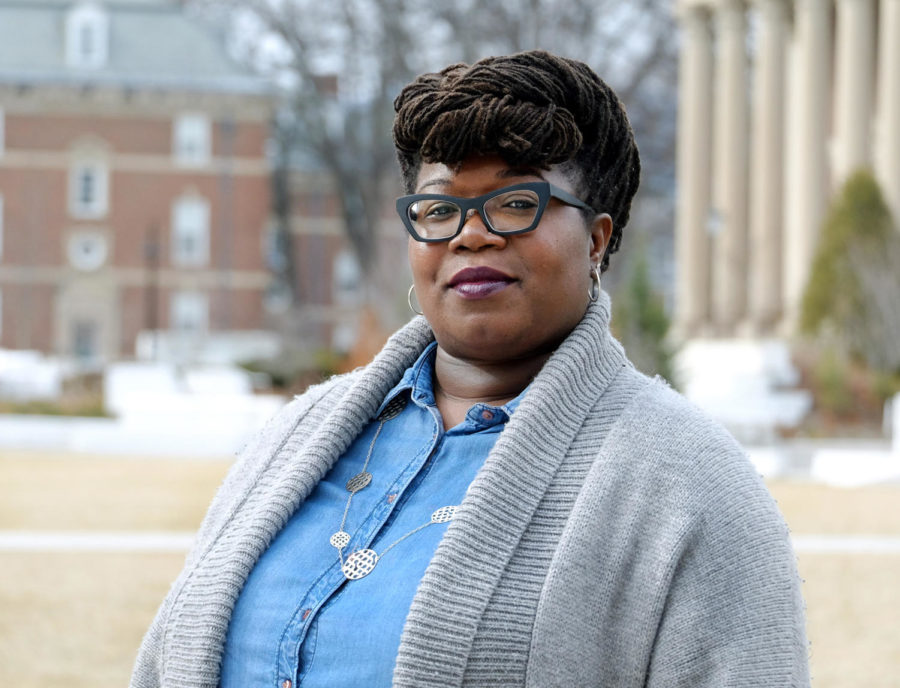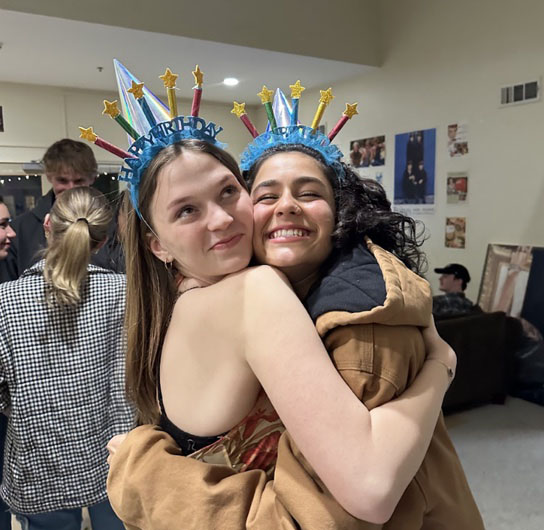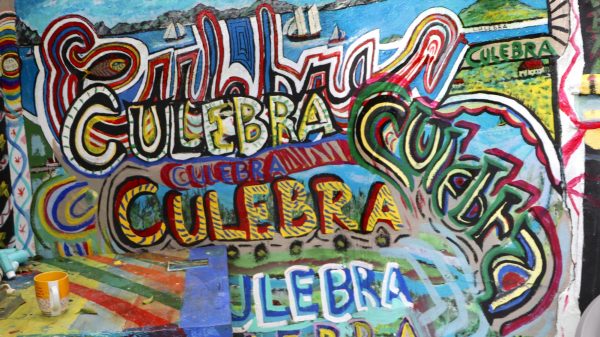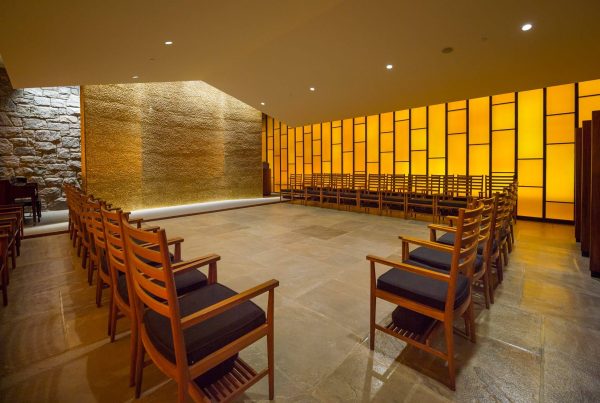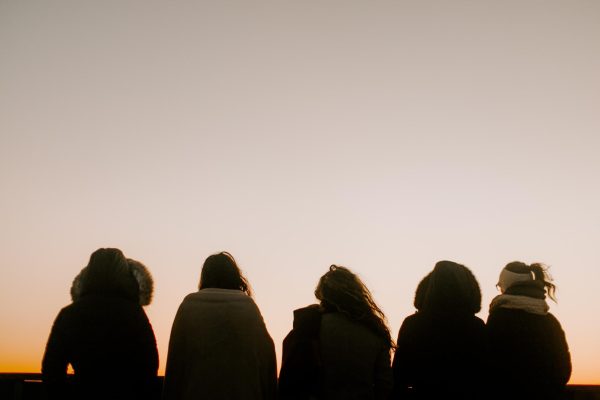Dr. Manigault Bryant on Combining Mediums to Tell the Story of “death. everything. nothing.”
Dr. Manigault Bryant presented a lecture to the Colgate community about her documentary entitled “death. everything. nothing” on April 21. This film covered the last few days of Bryant’s mother’s life in hospice and the relationship between her decline and COVID-19.
Dr. Bryant is a professor at Williams University where she teaches in both the Africana and Religion departments. Bryant attributes some of her inspiration for making a documentary to her religion classes. She understands that to visualize and make connections to a text, her students need the bolstering of visual aids. She sees texts as very black and white, while film gives a way to visualize and interpret texts. Bryant sees a relationship between text and film in that they help contextualize each other, allowing for deeper comprehension. For Bryant, documentaries are a form of scholarship because they tell real stories about real lives.
This documentary film consists of two distinct mediums that come together to create a wealth of emotions. The textual portion, which is represented in the voice-over read by Bryant, comes from an op-ed she wrote for The Washington Post in early 2020. The audio portion of the documentary is exactly what she wrote in the op-ed: a reflection on the last days of her mother’s life. Initially, Bryant did not intend to create a visual aspect to the piece, but as her mother was moved into hospice, she realized that she wanted some record or a recording to be able to look back on. Many of the video pieces come from recordings of Bryant’s own screen as she video-calls into her mother’s room.
The audio portion of the piece is significant in its delivery. Bryant recorded the audio in one take, less than 12 hours after her mother’s death. The pacing, the breathing and the emotion of the audio are entirely unique to the situation in which they were recorded, which makes it extraordinarily memorable. Bryant said that people are really responsive to the recording because of the vulnerable emotions you can hear. She expressed the vital importance that each medium of the video be able to stand alone so that the story can be consumed in a variety of ways.
“[It is] not a good story if it can’t live on its own as a text,” Bryant said, emphasizing the importance of the story behind the audio and how vital each portion is to create a whole picture.
The recording of this audio in this manner was also unplanned. After Bryant published the op-ed, her school’s student newspaper asked if she would read it on their podcast, but she had to push them off due to the demands of her mother’s health. Bryant brought a mic with her when she went to her mother just as a side thought, and ended up recording the audio in this moment of downtime.
Bryant’s lecture Wednesday afternoon addressed aspects of caring for her mother which were not present in the documentary. Bryant hails from the low country of South Carolina where death rituals are an important and vital aspect of an individual’s passing. Bryant explained to the attendees that many of the rituals are communal practices meant to bring people together to reminisce and remove the isolation of mourning.
In the world of COVID-19, these gatherings were not able to happen, but Bryant shared the one benefit of hospice care is that guests were able to enter and visit. With this allowance, Bryant worked to organize the gathering of groups of two or three to visit her mom and pay their respects. She was also able to organize ritual singing and the cleansing of the body through Zoom with the help of friends and family. Bryant outlined the importance of these rituals in order to help the person move on into their next phase of life. She shared with us how being able to carry out these rituals significantly settled her mother and allowed her to pass comfortably. Though COVID-19 has drastically changed the way rituals are able to be carried out, Bryant was thankful that there were ways to make them work and give her mother this final commitment.


